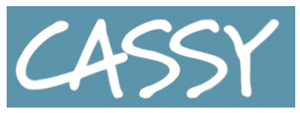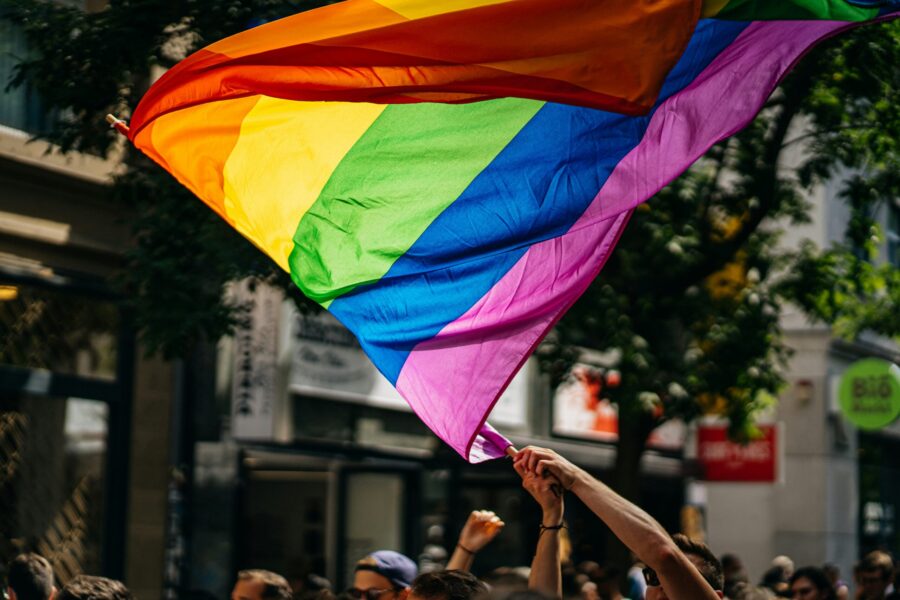Pride Month: Who, What, How, and Why?
What is Pride Month? Who does it celebrate? How did it come to be celebrated in June? What does the rainbow flag mean? A People article explains what you need to know about Pride Month – laying out the history and significance of the commemorative celebration, as well as its meaning to the LGBTQ+ community – and beyond.
Why do we celebrate Pride Month? Who does it honor?
Pride Month is celebrated each June to center LGBTQ+ voices, celebrate LGBTQ+ culture, and forward LGBTQ+ rights. The purpose of the month is to recognize the impact the LGBTQ+ community has had on U.S. history, the Library of Congress explains.
It was established in 1999 to honor the 1969 Stonewall Uprising in Manhattan, a watershed moment in the Gay Liberation Movement in the United States. Originally designated as Gay and Lesbian Pride Month by President Clinton, it has since come to include all identities in the community, “including asexual, pansexual, intersex, nonbinary, allies and more.”
In 1969, homosexuality was considered a criminal offense, and New York gay bars were frequently targeted by police for brutality and harassment. During the six-day event, protestors fought back against such raids, creating a lasting shift in the LGBTQ+ advocacy movement.
Why is Pride needed today?
The monthly commemoration brings together the LGBTQ+ community, affirming that individuals are not alone, and also serves as a reminder of the ongoing need for LGBTQ+ human rights. According to the ACLU, there are currently 515 pieces of anti-LGBTQ+ legislation in the works in various states nationwide.
“We mustn’t let increasing discriminatory legislation taking place around the world hold us back,” Elton John told People magazine. LGBTQ+ rights activist Elton John is one of the most decorated musical artists of all time, winning an Emmy, a Grammy, an Oscar and a Tony award. “Let’s lead with acceptance and joy this Pride Month and encourage everyone to be who they are and to love who they love without shame or fear.”
Members of the LGBTQ+ community are still marginalized and targeted for abuse. According to the National Crime Victimization Survey, 2017-2019, published online in 2022, LGBTQ+ individuals are ten times as likely to be the victim of a hate crime as non-LGBTQ+ folks.
Why is it celebrated in June?
The first Pride march in New York City took place on June 28, 1970, on the one-year anniversary of the Stonewall Uprising. This year’s march will represent the 54th anniversary of the first Pride parade.
How did the rainbow flag come about, and what does it mean?
Before the rainbow flag, created by artist Gilbert Baker in 1978, the symbol for the gay rights movement was a pink triangle. But it had dark roots, as Hitler designed it as a stigmatizing tool of oppression, much as the Star of David was used to label and marginalize Jews. As he explains in his memoir, to counter this history and create a new, positive message, Baker designed the rainbow flag as a joyous celebration of love.
Each color in the flag has its own meaning: red symbolizes life, orange symbolizes healing, yellow represents sunshine, green stands for nature, blue symbolizes harmony, and purple represents spirit.
The flag has been altered over the years to include more identities within the community. In 2021, graphic designer Daniel Quasar added black to represent diversity, brown for inclusivity, and the three colors of the trans pride flag: light blue, pink, and white. That same year, LGBTQ+ activist Valentino Vecchietti added two more colors from the intersex pride flag to represent that community: yellow for those who do not fit the gender binary and purple to represent community wholeness.
How to celebrate Pride Month?
There are countless ways to support the LGBTQ+ community this Pride Month and all year long. The People article enumerates a few:
March – Even if you are not a member of the LGBTQ+ community, you can show support by marching in a local parade.
Volunteer – Give your time at a local phone bank or show up to a virtual town hall to make your voice heard.
Donate – Many advocacy organizations welcome your donation to help preserve LGBTQ+ rights, such as the Human Rights Campaign, The Trevor Project, the Pride Fund to End Gun Violence, the National Center for Trans Equality, GLSEN, the National Queer and Trans Therapists of Color Network.
Get Educated – A wealth of resources exist to help you understand the push for LGBTQ+ equality, from books (We Are Everywhere: Protest, Power, and Pride in the History of Queer Liberation) to documentaries (1984’s Before Stonewall, 1990’s Paris Is Burning, Visible: Out on Television), to verified online sources (Library of Congress, GLBT Historical Society, Teaching LGBTQ History).
Read the full article here.
Learn more about Pride Month at the Library of Congress.
Photo by Raphael Renter | @raphi_rawr on Unsplash



